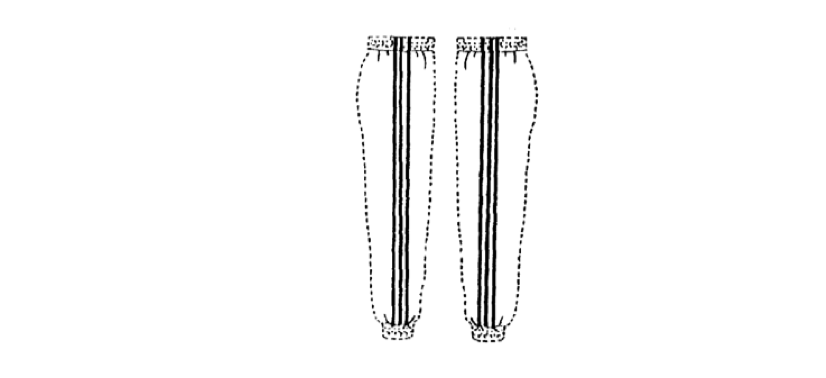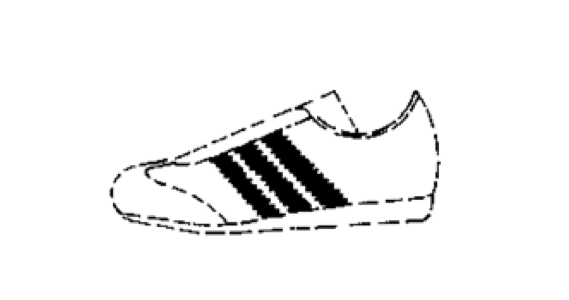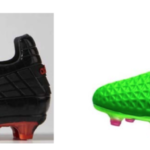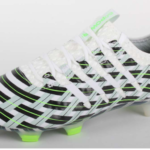You’ve started a collection of signature t-shirts with dope, original phrases. They sell better than even you expected. People love them. You expand the brand — mo’ phrases, mo’ shirts, mo’ money. You apparently possess a great mix of hard work and luck, because now even celebrities don your goods. You’ve almost arrived.
You start penning that plan to quit your day job because now it’s possible. You’re even considering shopping your shirts around to major retailers (only until you get your own shop).
Then, bam. A friend with closer eyes to the street than you sends a text, “Look what I found. Someone copied your shirts.” Now what?
This situation may sound familiar because in this wild-west-no-holds-barred-digital-world it happens all of the time. It’s a sticky legal situation because copyright law won’t protect you. Why? There’s no copyright protection for short phrases. Trademark law can protect you but most t-shirt designers and creators don’t know how to position themselves to take advantage of that protection.
I’ll tell you a secret…
The very first thing that you can do is think like adidas.
Like any other major brand, adidas owns too many trademarks to count. But my favorite adidas trademark is…
The three stripes.
How can adidas actually own three stripes? The “three stripe mark” is the thing that separate adidas from its competitors and how we immediately recognize the brand. It is pretty easy to copy but they did it first.
adidas has been staking claim to the “three stripe mark” since 1952 (they first started using it associated with sneakers). The reason why the creation and protection of the three stripes is so boss is that it ultimately gave adidas exclusive ownership of those stripes in athletic and fashion industries.
Just this year, adidas sued Puma for trademark infringement because of a similarly designed soccer cleat with four stripes. The lawsuit claims that Puma is attempting to benefit on the goodwill of adidas. In other words, they are trying to benefit from the adidas name. The lawsuit also alleges that the Puma cleat is likely to confuse buyers and will harm the adidas brand.
- adidas cleat (Source: Adidas v. Puma Case 3:17-cv-00283)
- Puma cleat (Source: Adidas v. Puma Case 3:17-cv-00283)
The very first lesson for independent apparel designers is to create a design mark.
A design mark is one that can stand apart from your brand name. You want a visual so strong that when people see it, they know your products came from you. Examples of strong design marks in the apparel world are the Nike swoosh and Ralph Lauren (Polo)horse.
The second lesson is to look forward.
How many of you would have seen value in something as simple as three stripes, that early on? Before the success? Not many.
Before your brand (and trademark) gets major, treat it like adidas. Trust that it will build in value. The three stripes doesn’t have any bells and whistles. It’s as minimalist as you can get. This was pure trademark strategy combined with being the first to market– it gave adidas very broad ownership.
Fast forward 65+ years later, adidas has successfully settled trademark infringement suits involving the three stripes with Marc Jacobs, Sketchers, Forever 21, Sears, Walmart, Kmart along with other corporate and independent brands. The details of settlement are confidential but you can read this as code for they didn’t want it with Adidas. I mention these lawsuits to show you that adidas’ ownership of the “three stripe mark” is broad. It ultimately expanded beyond their immediate industry.
The third lesson is keep an eye on how your competitors move and don’t ignore copycats.
Some people argue that adidas is too aggressive — they are always in court. But, they have to be. The risk of a simple design as a trademark is that it can become diluted if the competitors begin to routinely use something similar. In other words, it can become common. The risk is greater when brand owners don’t keep an eye on how others in their space move and ignore the copycats. If you’re going to claim a design as your trademark, you must monitor it and protect it.
Are you ready to build your brand like adidas? Creative Genius Law works with brands every day to develop trademark strategies. Submit an intake here to get started.
Want to read the Adidas v. Puma case? Check it out below:
adidas v. Puma



